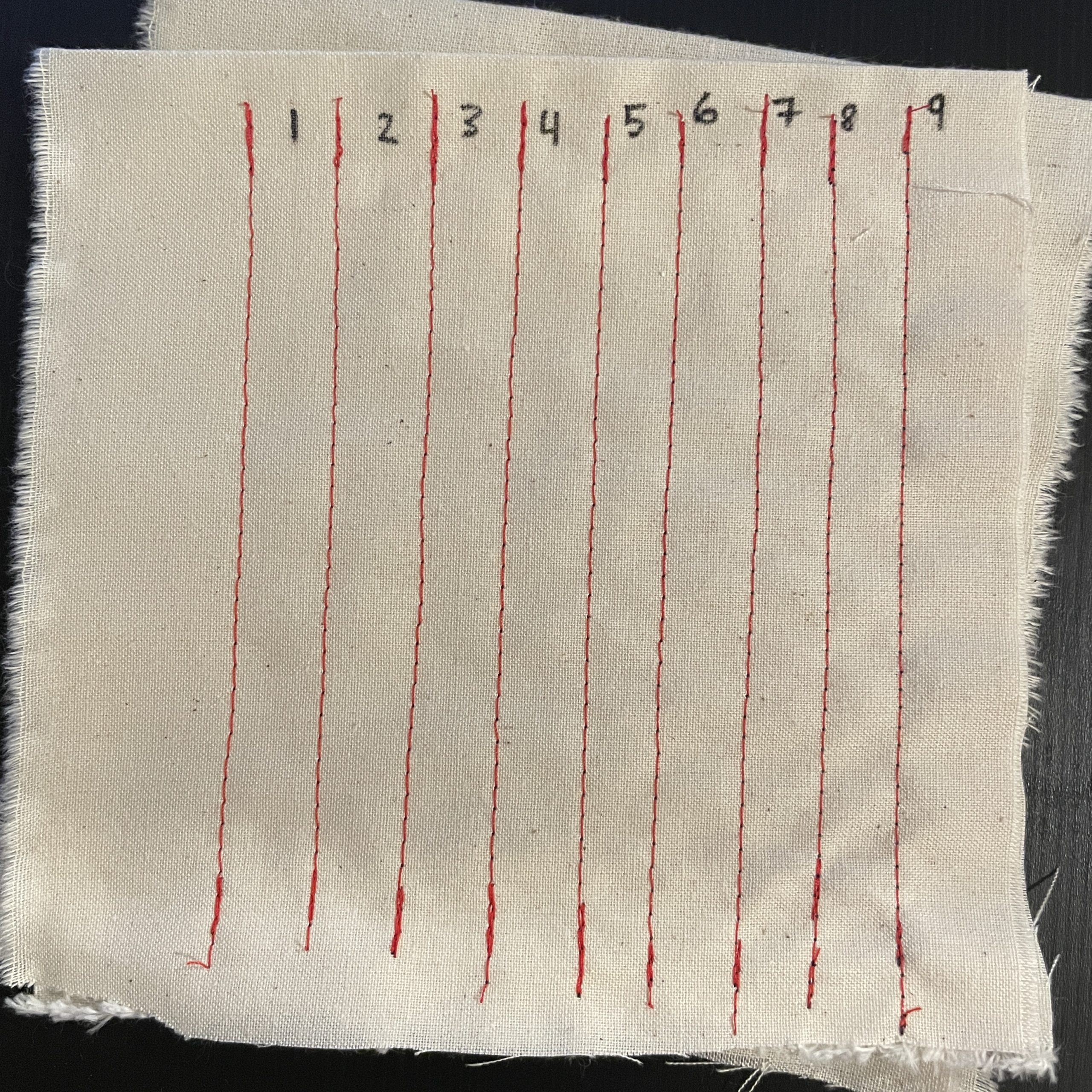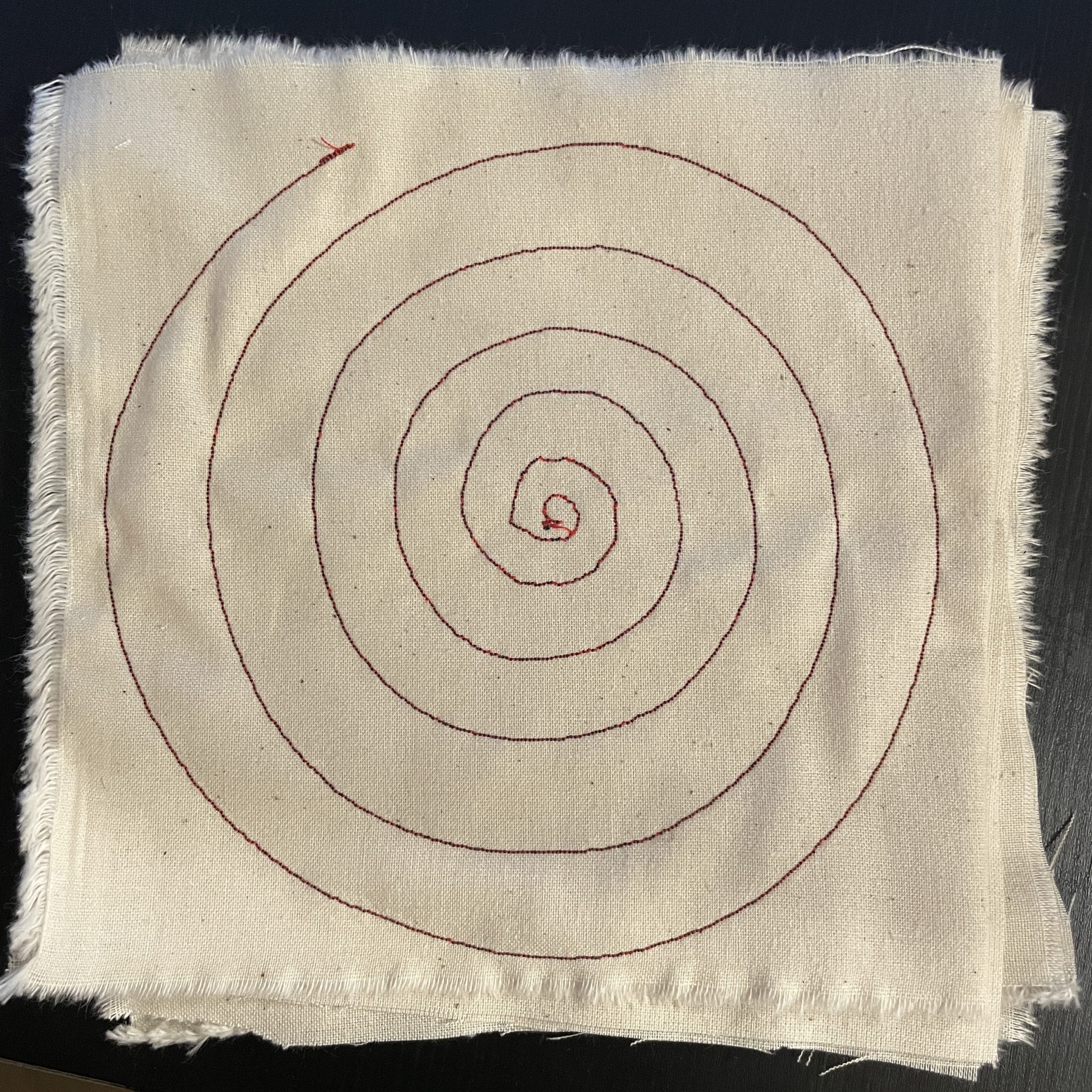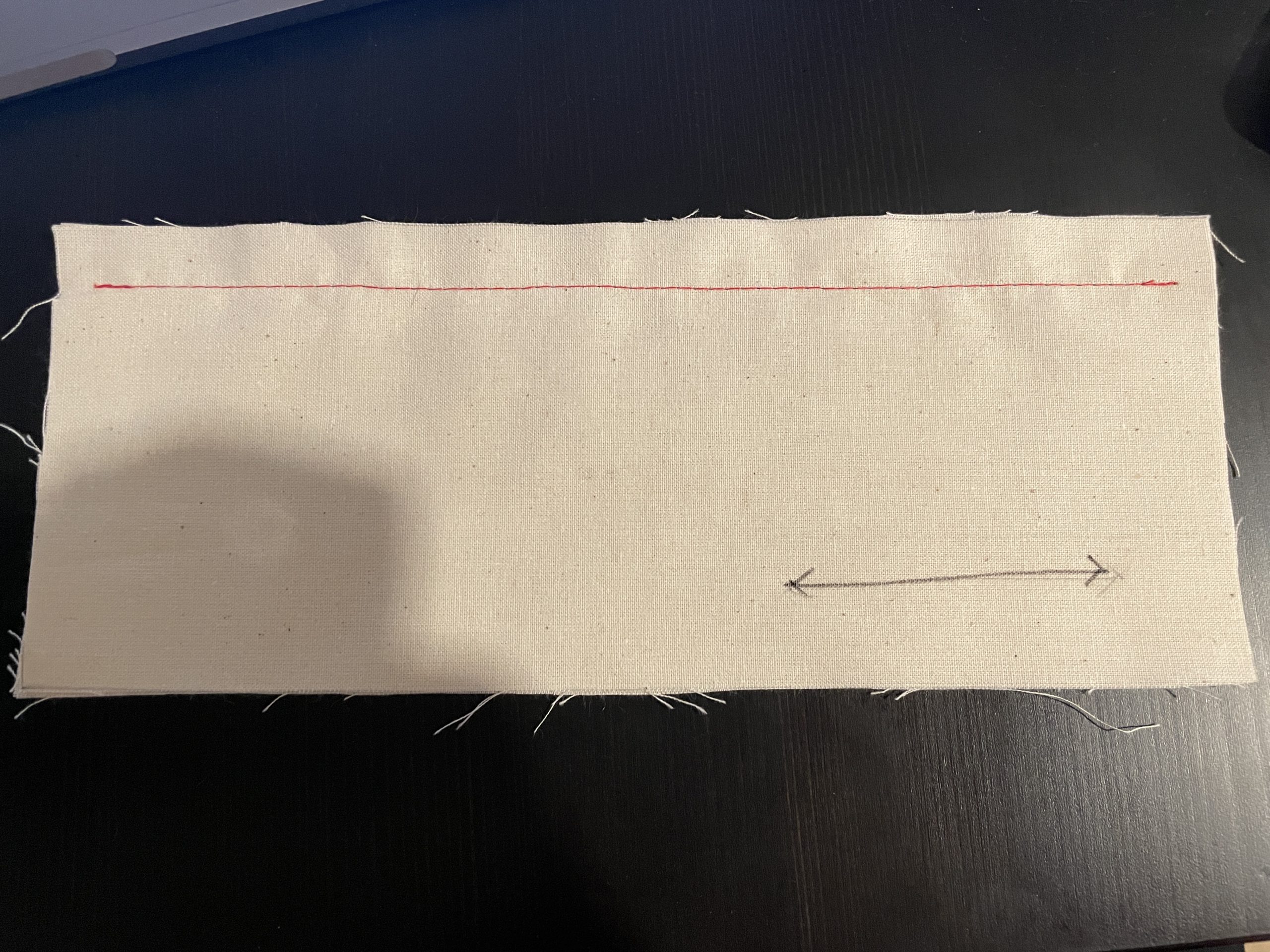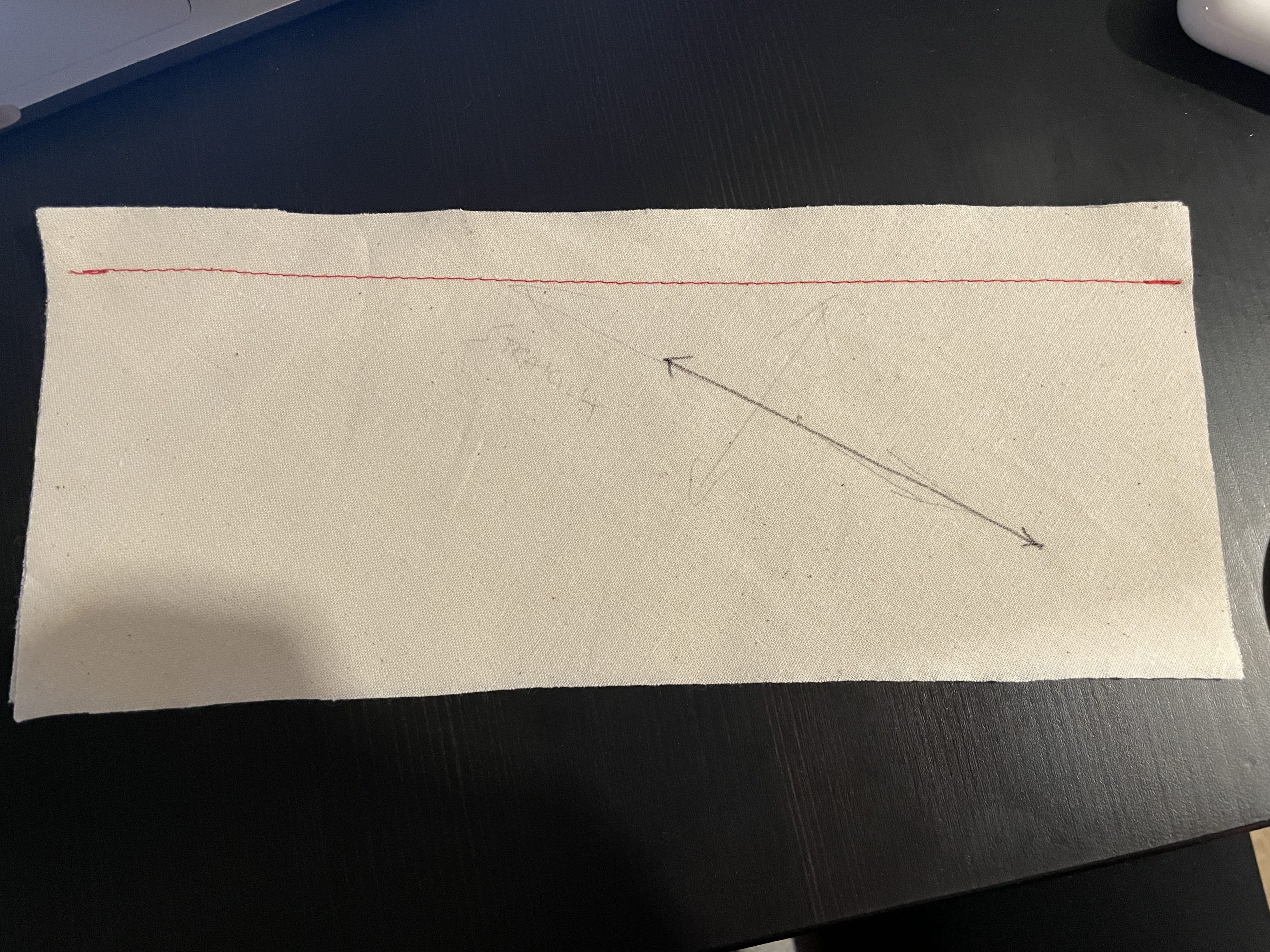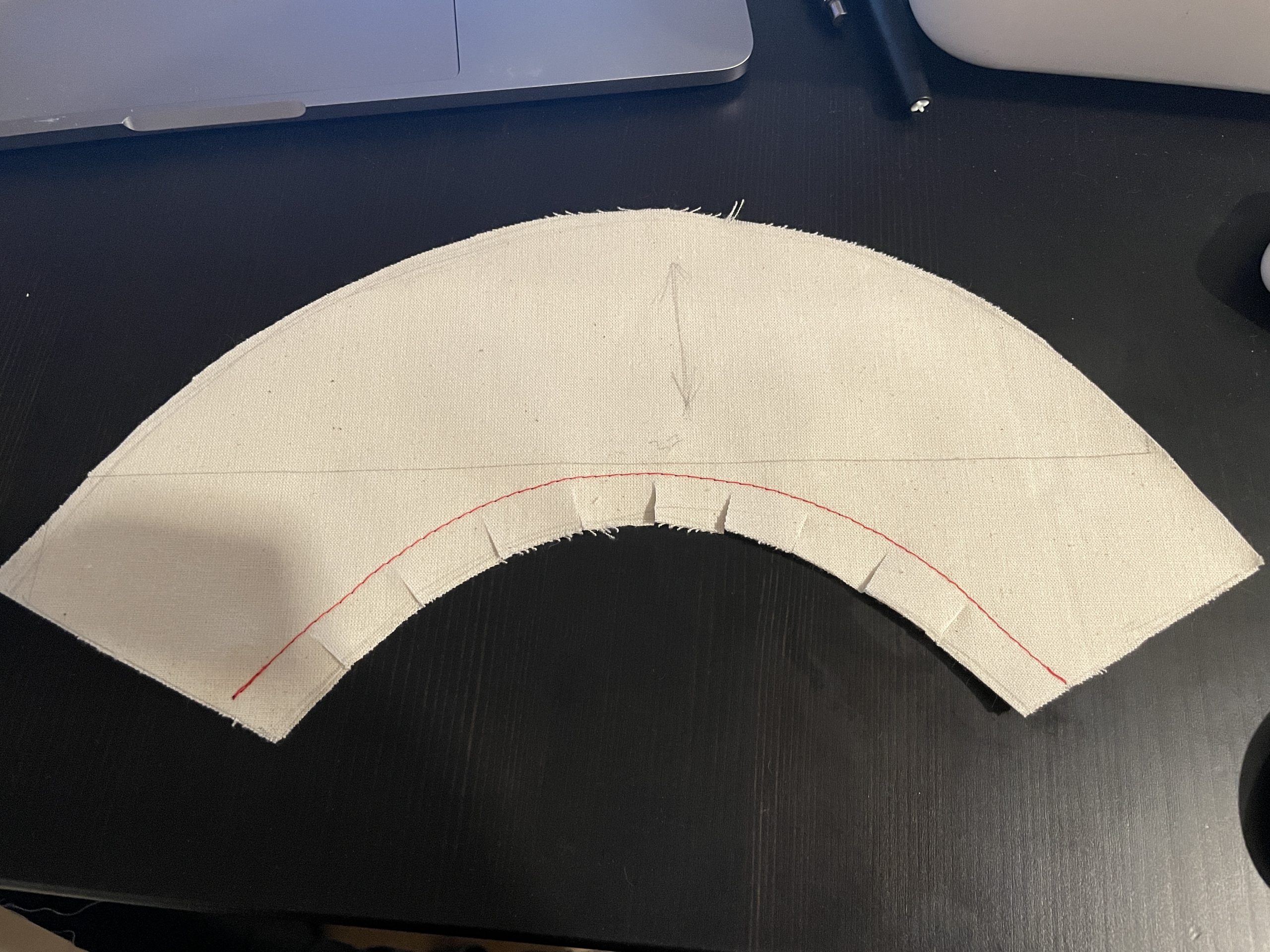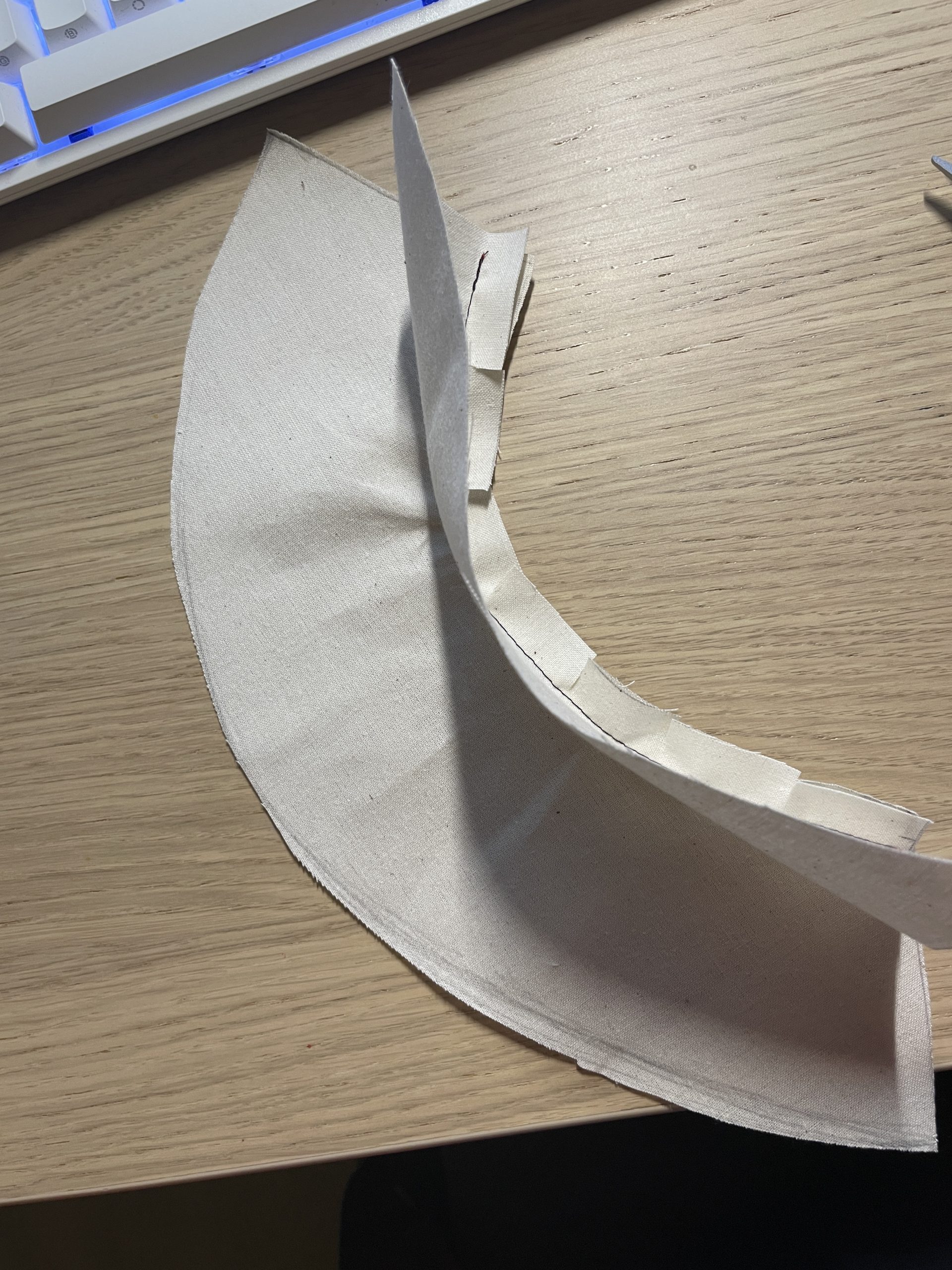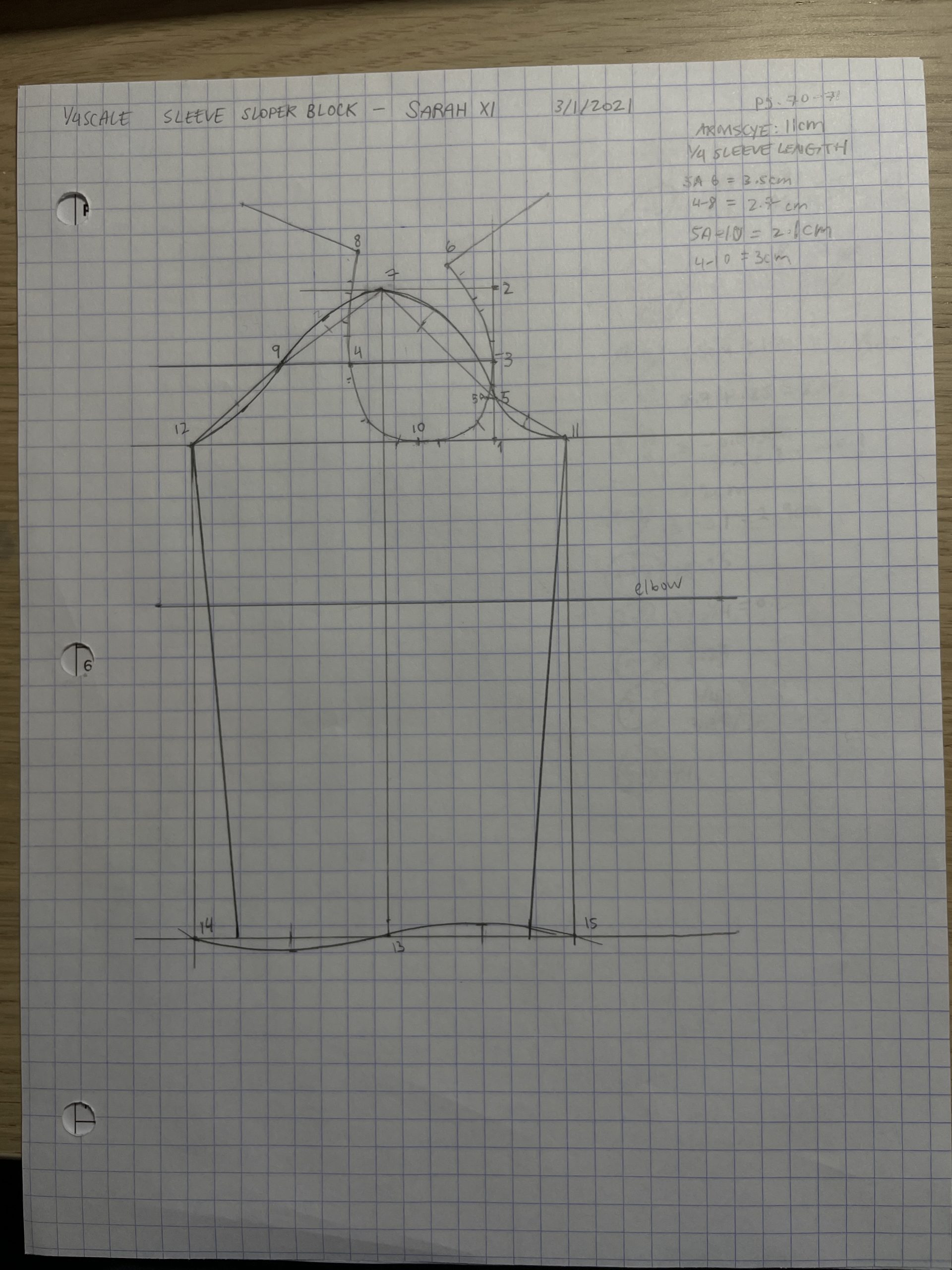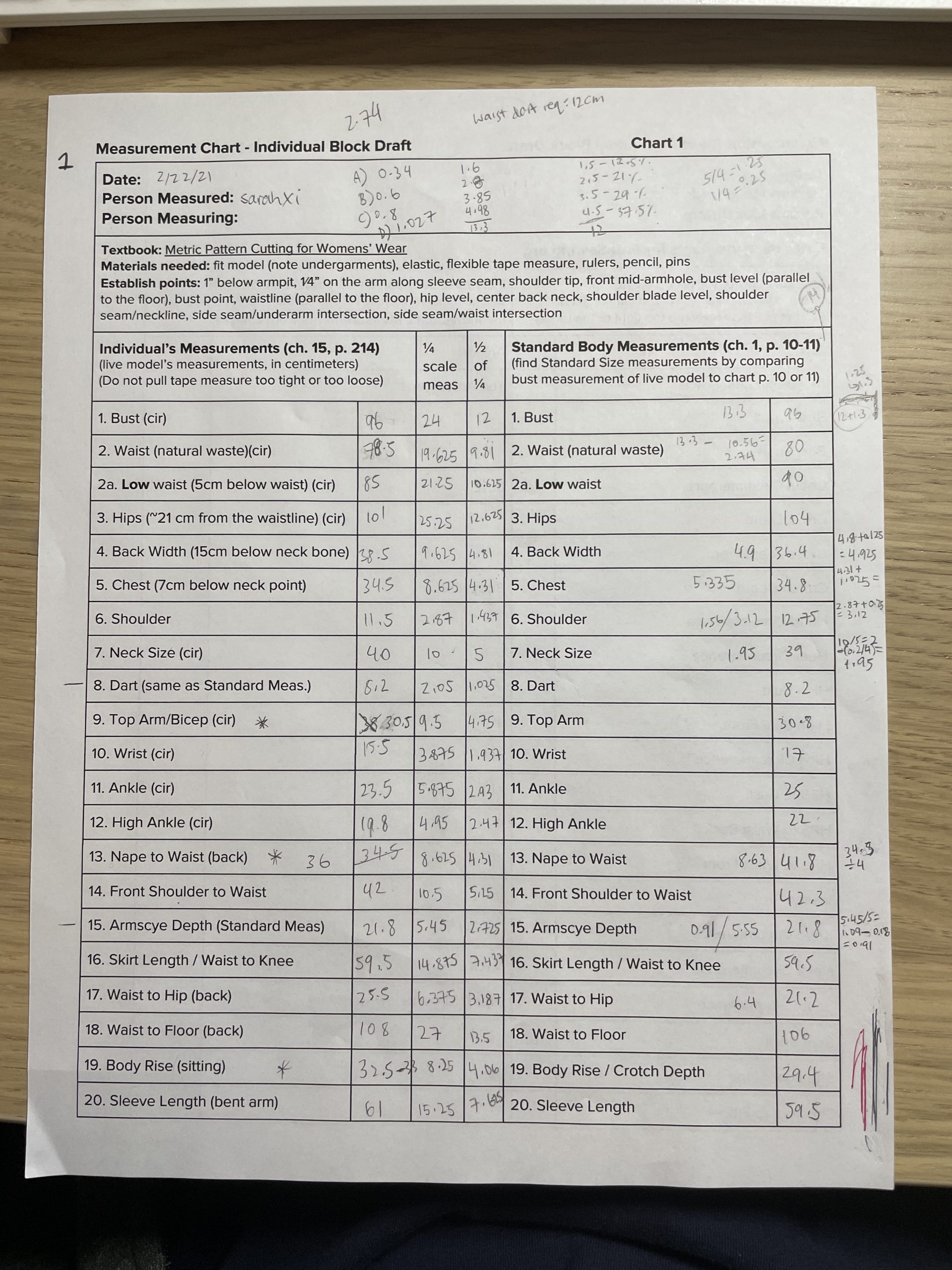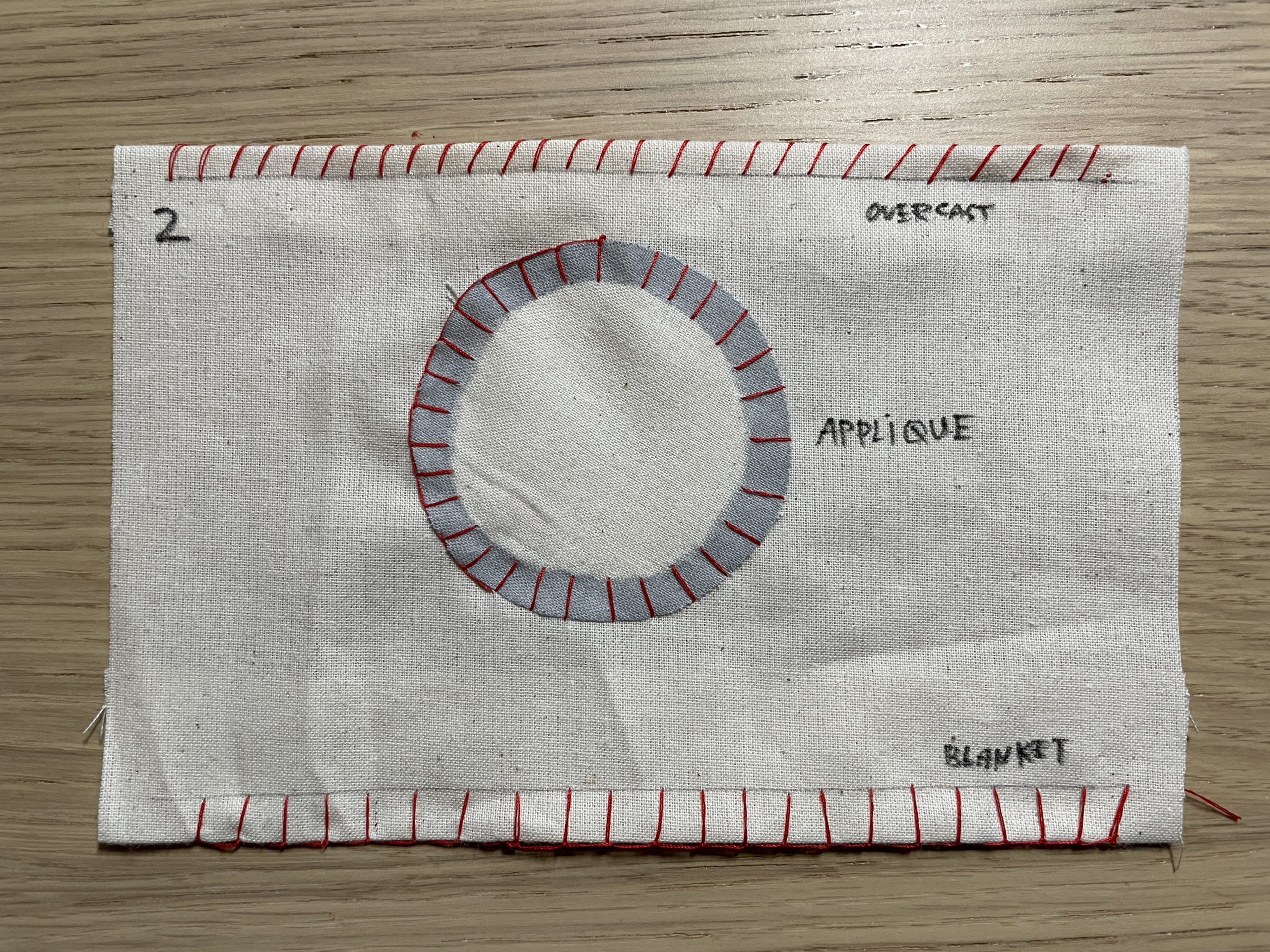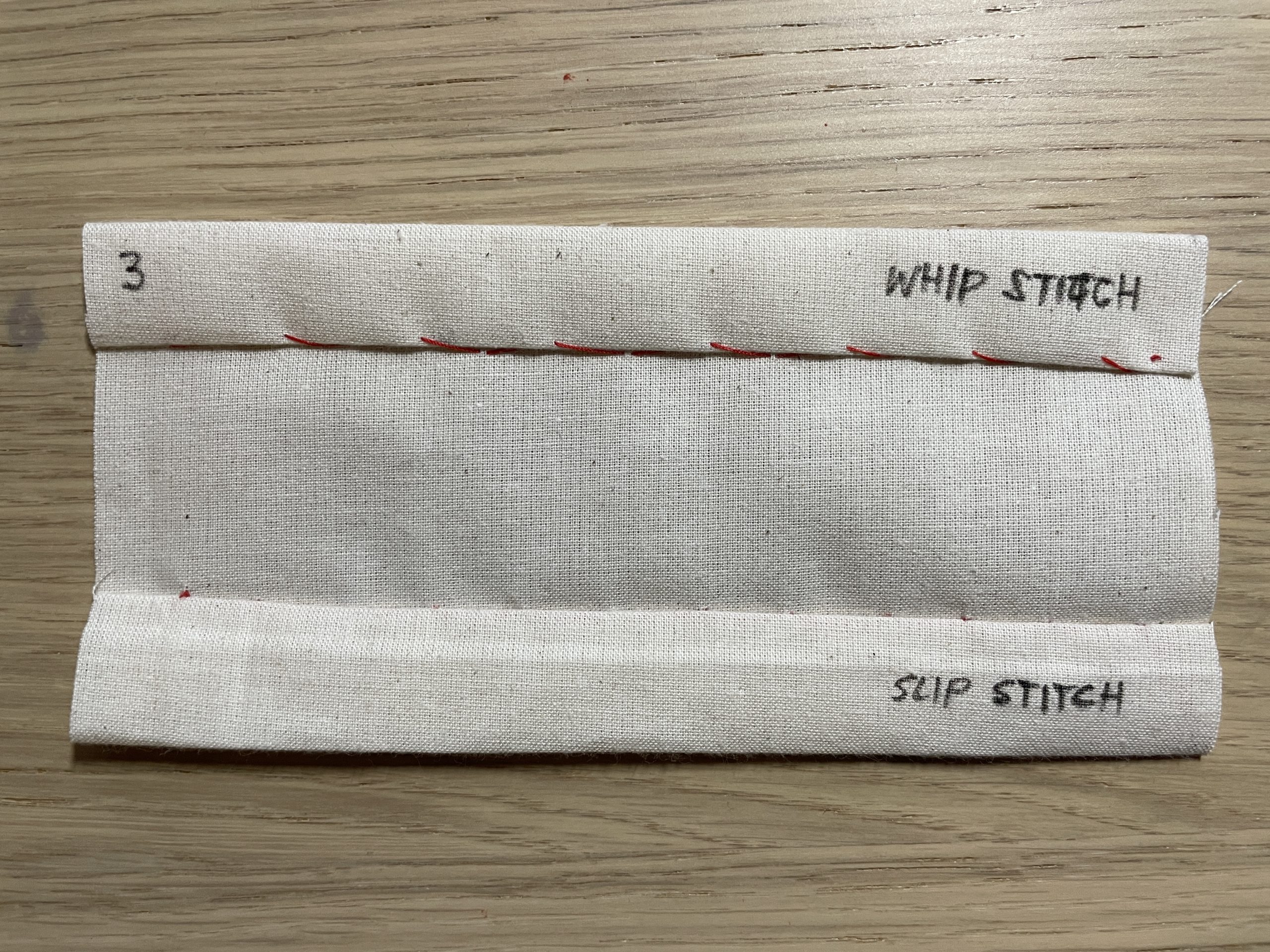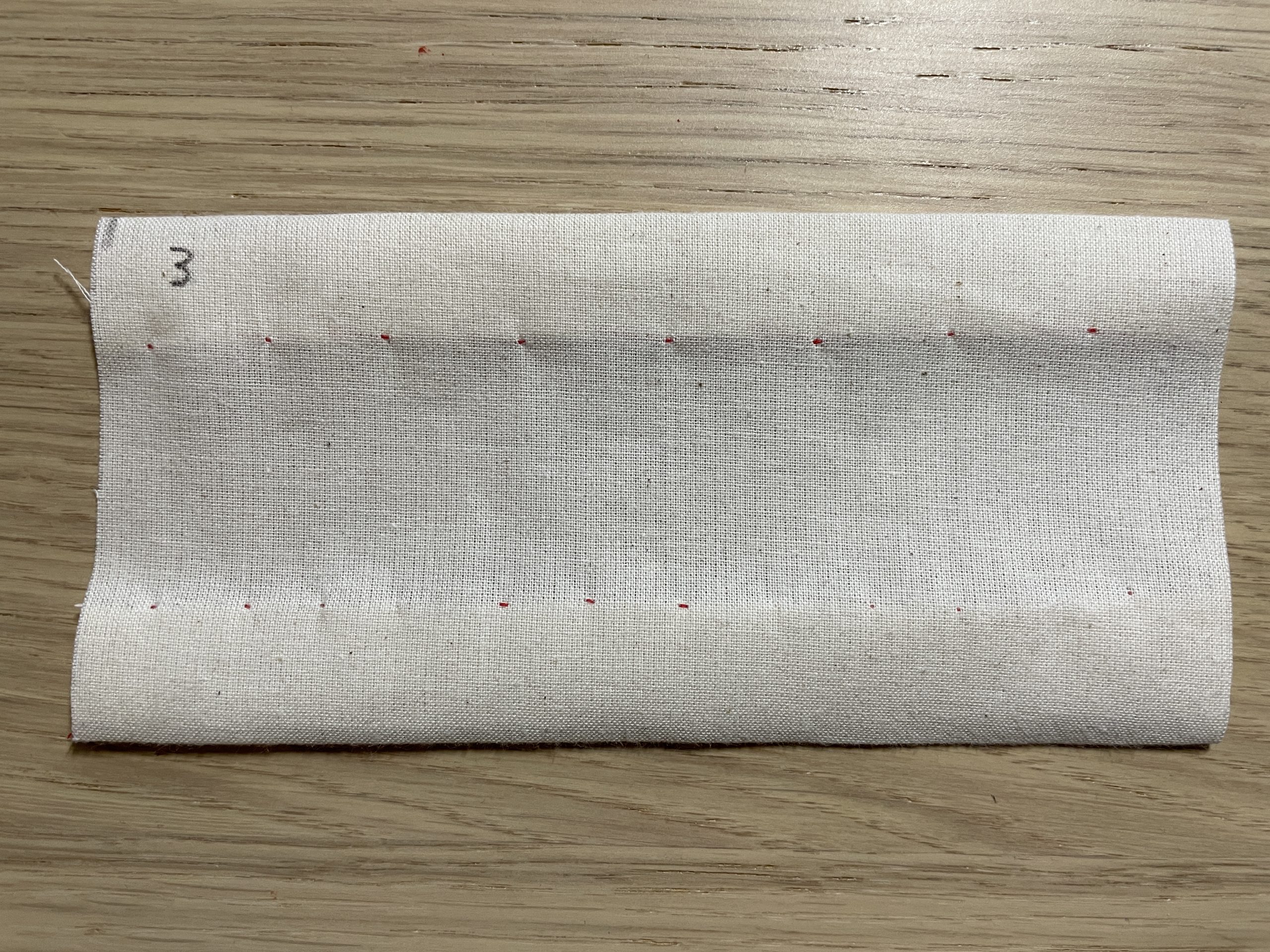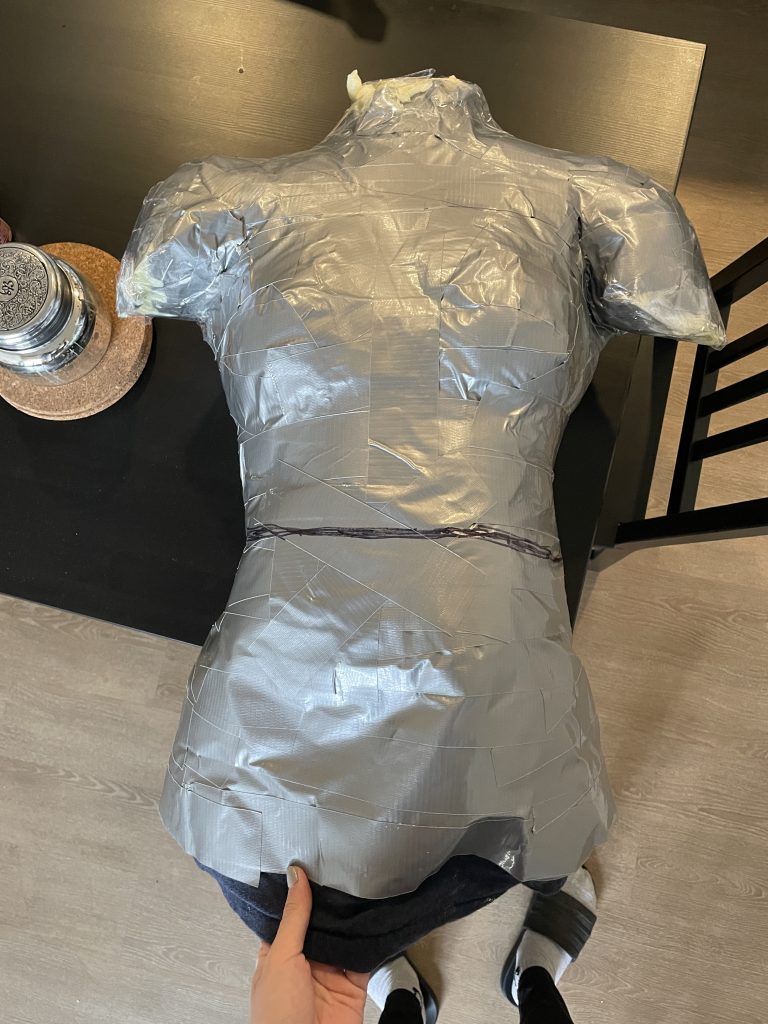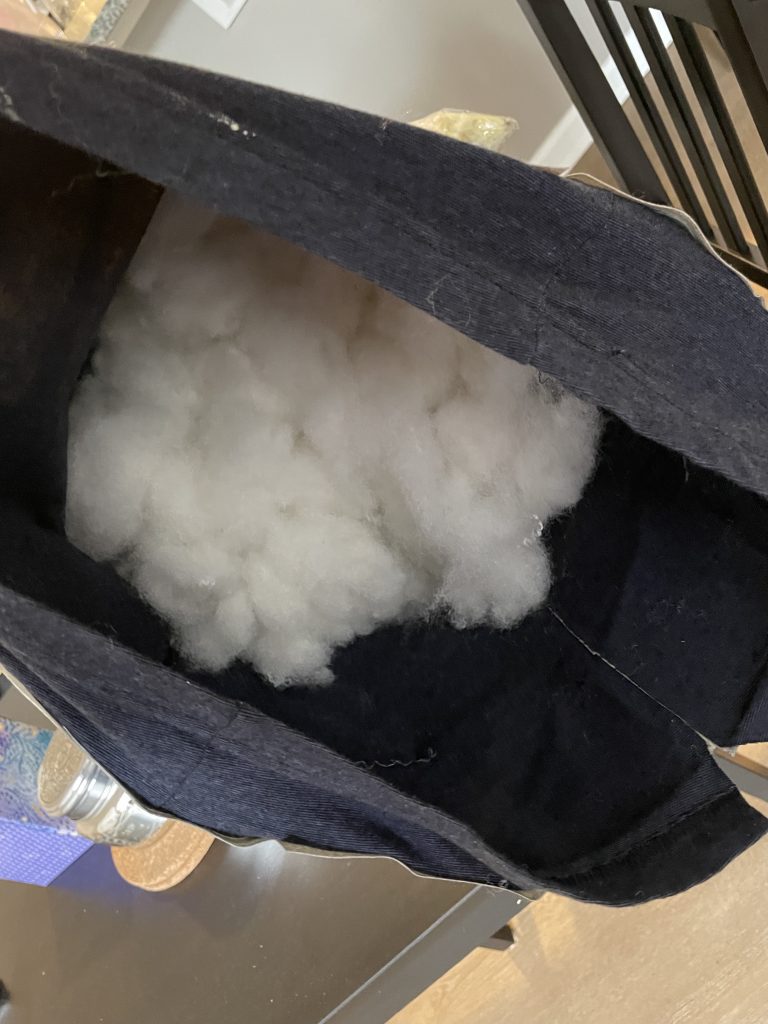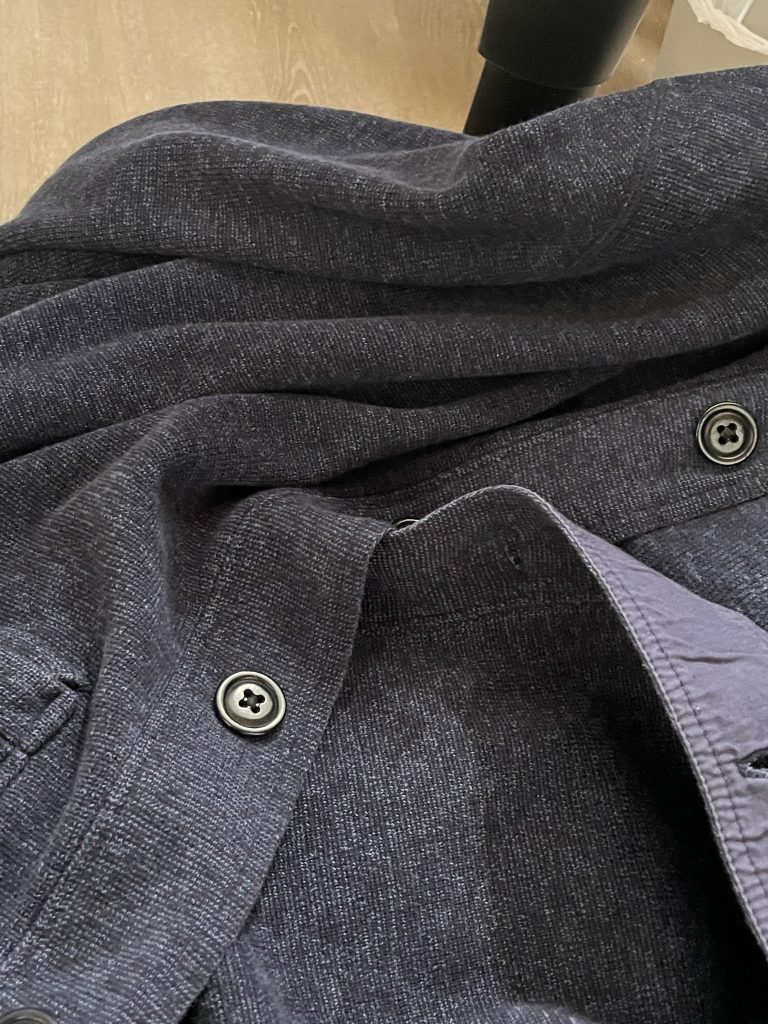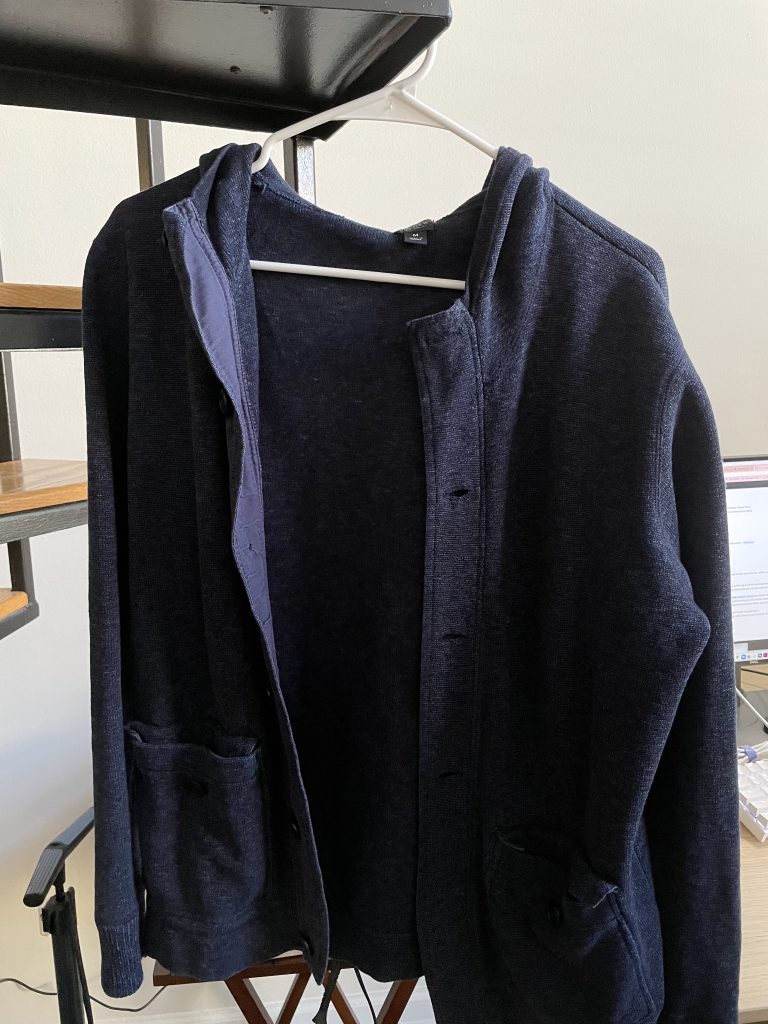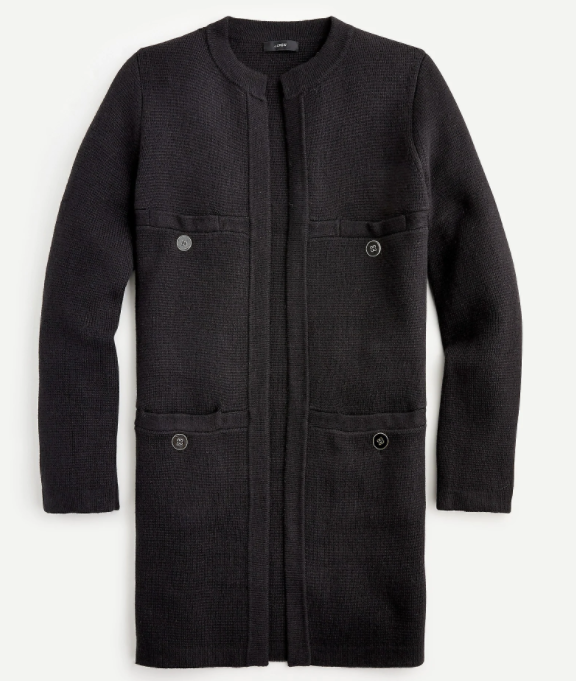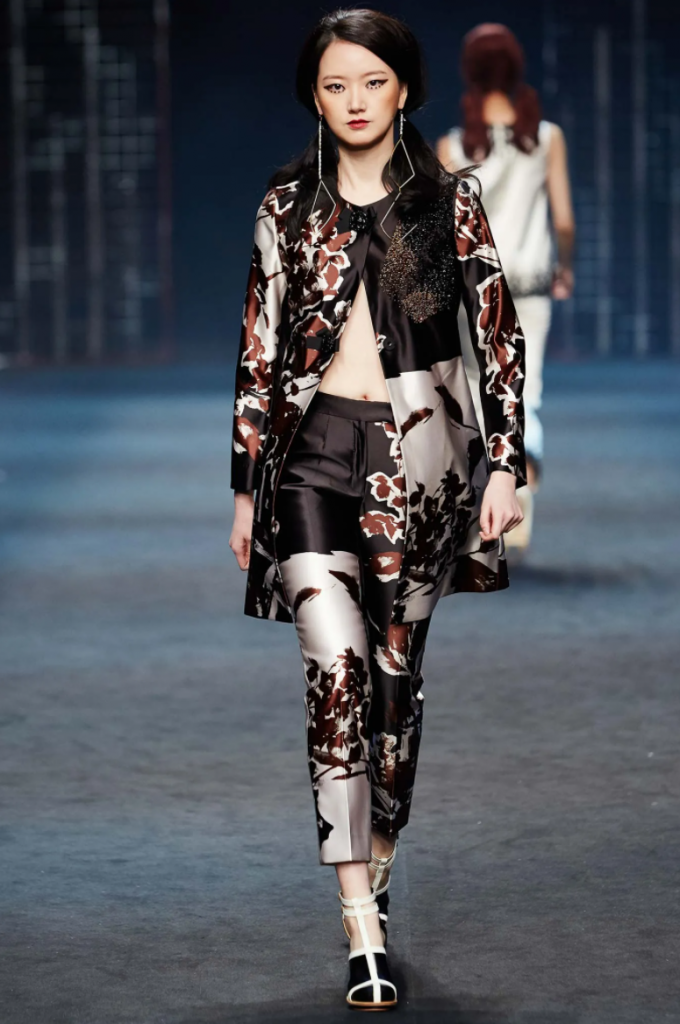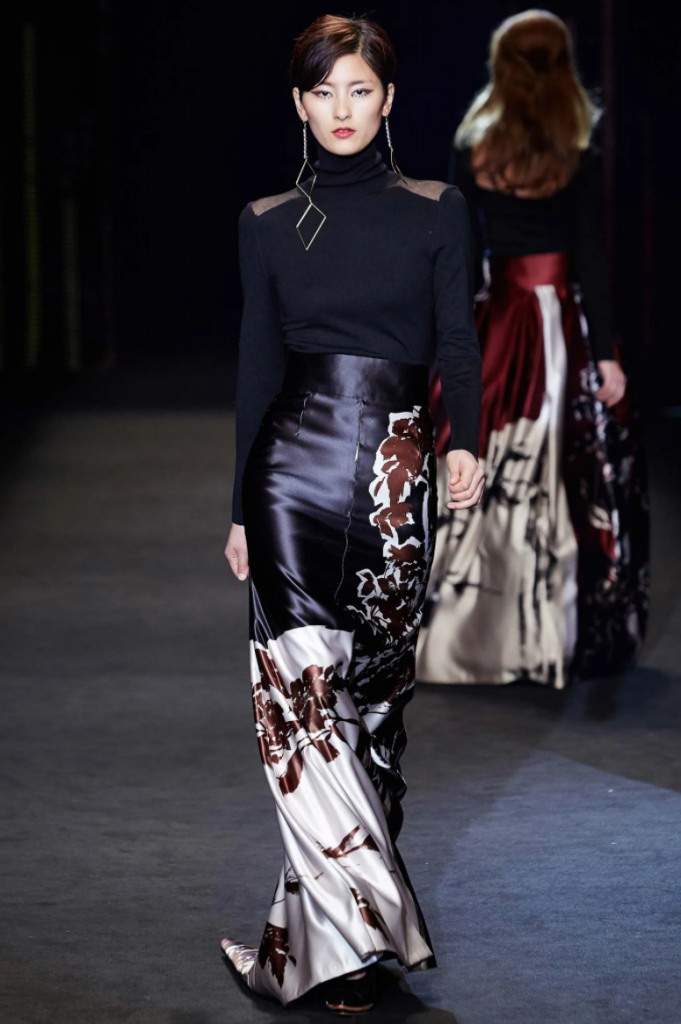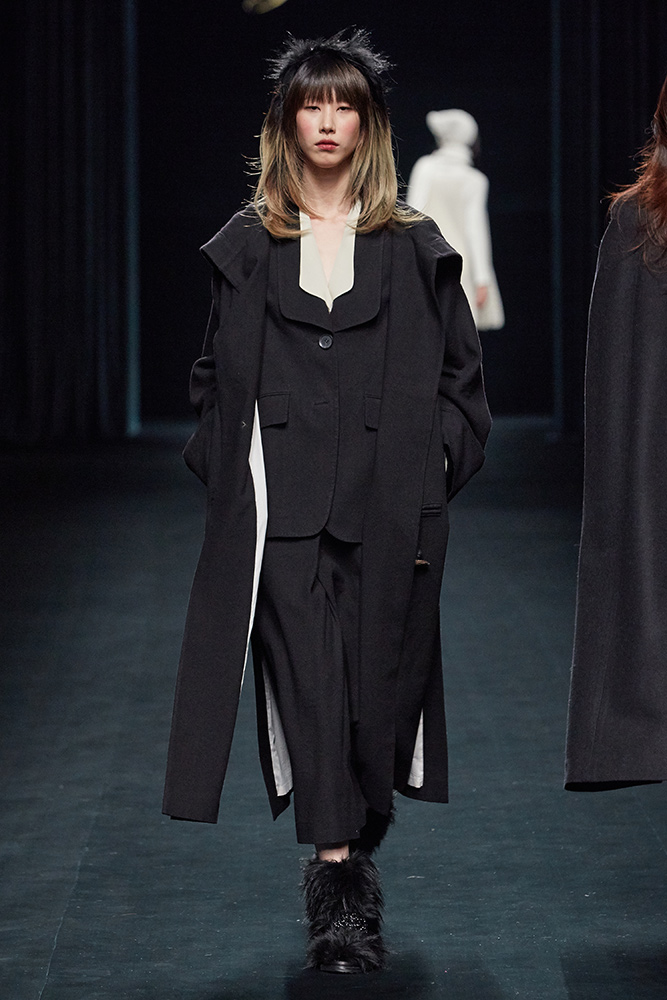Author: sqx@andrew.cmu.edu
Full Scale Bodice + Sleeve Blocks – Sarah Xi
1/4 Sleeve Sloper + Tweaked Measurement Chart – Sarah Xi
Hand Sewing Sample Set – Sarah Xi
1/4 Scale Sloper Block – Sarah Xi


Dress Form – Sarah Xi
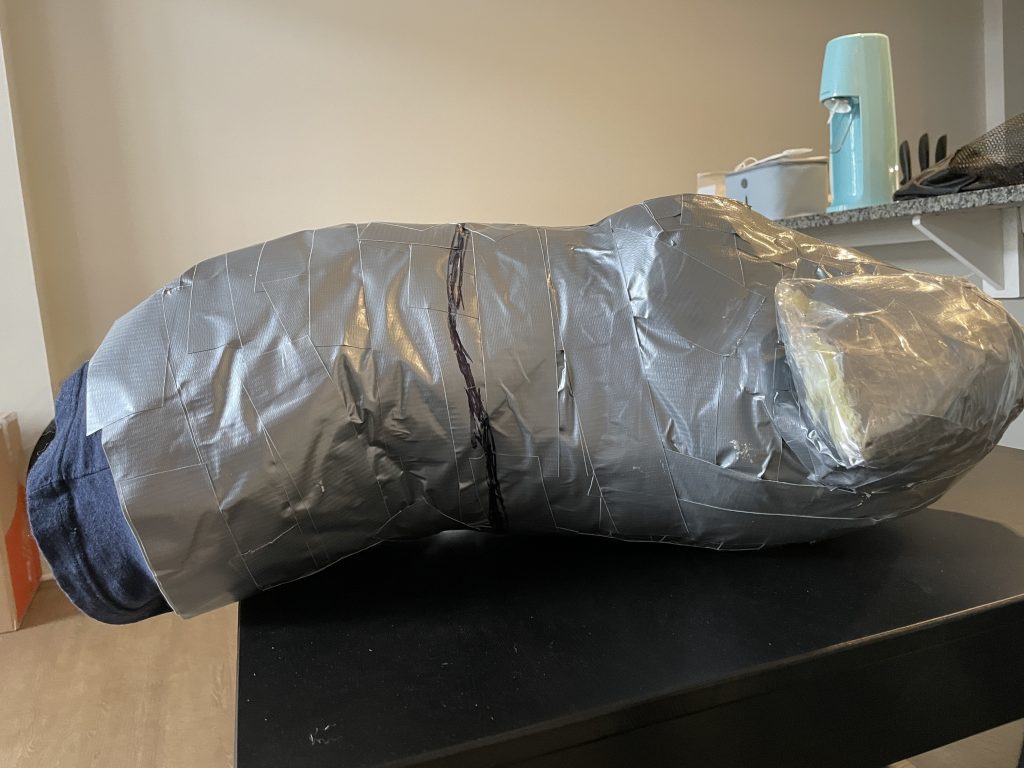
This is my dress form so far! I couldn’t finish it since I need a bit more Great Stuff to fill it, but I have the upper body pretty much done. I will also probably get more duct tape to tape off the bottom.
Cultural Garments – Sarah Xi
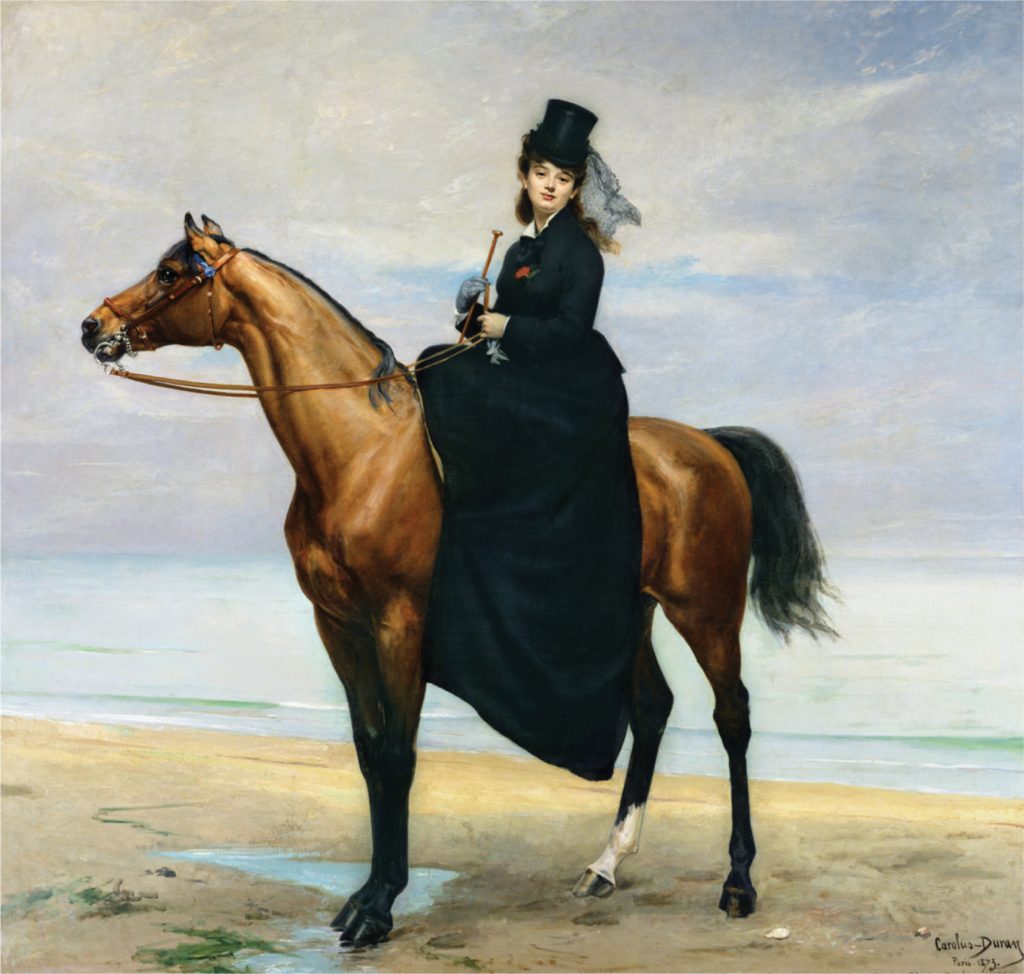
In the book Paris Fashion by Valerie Steele, the 8th chapter covers the geography and evolution of fashion in Paris. As Paris is widely known as an international capital of style for hundreds of years, the chapter I chose discusses notable sites of fashionable display, mainly in the theater and on the racetrack.
In theater, the success of plays became increasingly reliant on not just literary quality but the costumes the actresses wore on stage. Men in the audience would notice the actresses’ dresses, for it “accentuated their physical charms” and the actresses’ themselves would spend great money to get their stunning costumes. As such, it became widely believed that “superior costumes could even save a mediocre play”. However, watching performances wasn’t the only reason why people went to the theater, the audience itself was also said to be on display. Since attending the theater was considered to be a social ritual, there were many strict rules as to where certain people were allowed to sit and what dress code they were supposed to follow. From court dresses to workers’ blouses, this is what separates the spectator from whether they are in a private box or in the orchestra pit. The level of fashion expectations varies with each theater too, ranging from the Gaîté (where “the blouse prevails) and the Paris Opera (known to be “one of the temples of fashion”.
Many paintings also depict this phenomenon, oftentimes showing men or women looking at not the stage, but another private with their opera glasses.
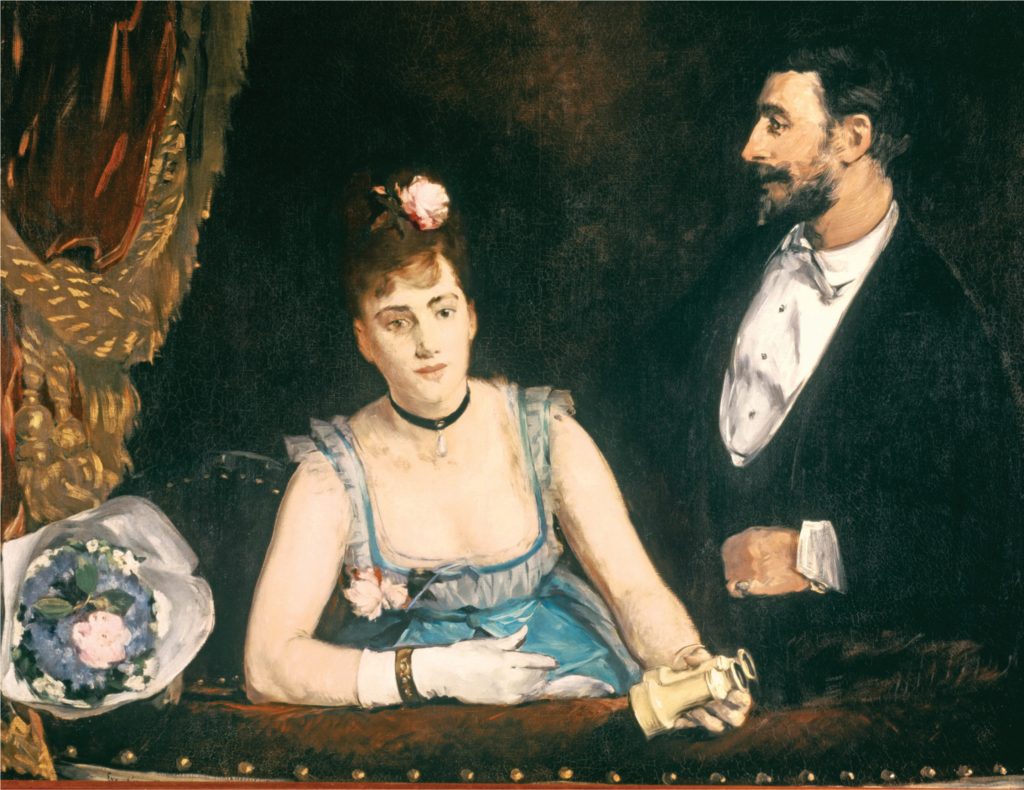
Similar to the theater, there became an intense competition of elegance and luxury between people in horse racing on racing day. At racetracks like Longchamp and Chantilly, you would be able to find people dressed up to be judged by other fellow audience members, in addition to milliners and seamstresses looking proud to see their handiwork displayed.
Bois de Boulogne is another notable place (although not a race track but a fashionable park) where the presence of fashion is strong. Appropriate dress codes for a stroll at a fashionable promenade also became strict as clothing acceptable for a carriage ride may not be for when your on foot. As such, certain jewels for earrings were only permitted and street dresses that were short, sturdy and “without superfluous ornament” became acceptable for the morning or walks.
Overall, I enjoyed reading about past cultural fashion practices, especially on the equestrian sport. It was fascinating to learn about how highly thought of fashion was in daily life, like having strict different appropriate dress codes for whether you’re in a carriage or not and how different theaters had varied levels of expectation in fashion. In addition to that, there were other parts of the article I found interesting that weren’t really about horseback riding and theater. For instance, the emergence of wearing certain garments such as bloomers and trousers (for cycling), and how the popularity of them among women wasn’t fully accepted even though it was presented in France as an increasingly fashionable item.
In-Class Activity – Sarah and Lee
Similar Fabrics:
Cotton Knit Heavy Jackets
History of Textiles in Southeast Asia by Jasleen Dhamija
https://www-bloomsburyfashioncentral-com.cmu.idm.oclc.org/products/berg-fashion-library/encyclopedia/berg-encyclopedia-of-world-dress-and-fashion-south-asia-and-southeast-asia/history-of-textiles-of-south-asia
Fabric Savvy Book: Knits Double
– Needle: 75/11HS
– Stitch Length: Tiny zigzag, 0.5 mm width, 2.5 mm length
– Standard Presser Foot
Garment Inspiration – Sarah Xi
Even though I’m inexperienced with making clothes, I do enjoy drawing. As such, I usually look online for references I can use for my artwork or get inspired by what I see and draw off that feeling/inspiration.
In the three images I attached above, they each have elements that stood out to me in terms of both craft and design. As the first two come from the same collection, the way the pattern is used in an asymmetrical(?) way caught my eye. This is especially prominent in the first outfit, as even though there is a lot going on in the pattern, the dark colored blocks feel like they were intentionally placed to create contrast. This allows the fabric and garment itself to be seen better as its worn. As for what I liked about the third image, I loved how the entire outfit felt like it was perfectly fitted on the model despite it being on the baggier/loose side. The long rounded collar also brings uniqueness that I adore to the cozy layered design.
